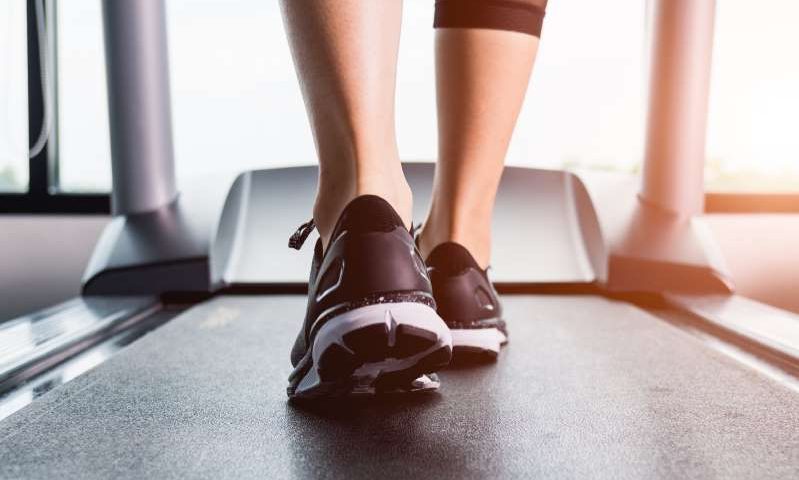
Bourbon Chipotle Steak with Sweet Potato Mojos
February 1, 2020
Corned Beef and Cabbage
March 1, 2020BY: Kacie Main
If you’re looking to burn fat, there’s no need to lace up your walking shoes and head out into the elements. The treadmill can be just as effective of a workout, though you’ll need to know how to adjust the incline and speed to get the most from the time you put in.
Getty / Sorapop Udomsri / EyeEm A Trainer Explains Why You Don’t Have to Walk at an Incline to Burn Fat (Whew!)
“The more incline or speed you add, the more calories you’ll burn,” Savanna Rose, an NSCA-certified personal trainer in Jacksonville Beach, FL, told POPSUGAR. But depending on how much time you can spend working out, you may be able to get the same results without increasing either.
To stay in the “fat-burning zone” – which simply means you’re tapping the fat from your diet as energy – you need to work out at 60 to 70 percent of your maximum heart rate, Savanna explained. (Find your target heart rate in this chart.) You can achieve that while walking at little to no incline and at a slower speed. “Depending on how long you work out at that low intensity, you could burn up to the same amount of calories as if you were walking fast up an incline,” she said.
Just how long are we talking? Savanna recommends walking at a lower incline at a moderate speed or at a slightly elevated incline at a slower speed for 45 minutes to an hour. You should let go of the handles to get your upper body more involved, too.
That said, she cautioned against getting distracted by what is or isn’t “fat-burning,” instead focusing on the calories burned during your workout. “Calories are simply a unit of energy,” Savanna said. “One of the sources of energy our body uses during exercise is fat, but it’s not our body fat, as most usually assume.” Instead, your body uses the fat and carbohydrates from the foods you eat as fuel.
It’s only when you’re at a calorie deficit – meaning you’re expending more energy than you’re taking in – that the fat already stored in the body is reduced. “Whether your body uses the fats or carbs from your diet won’t make a difference to your weight-loss efforts, but the calorie expenditure will,” she said.


